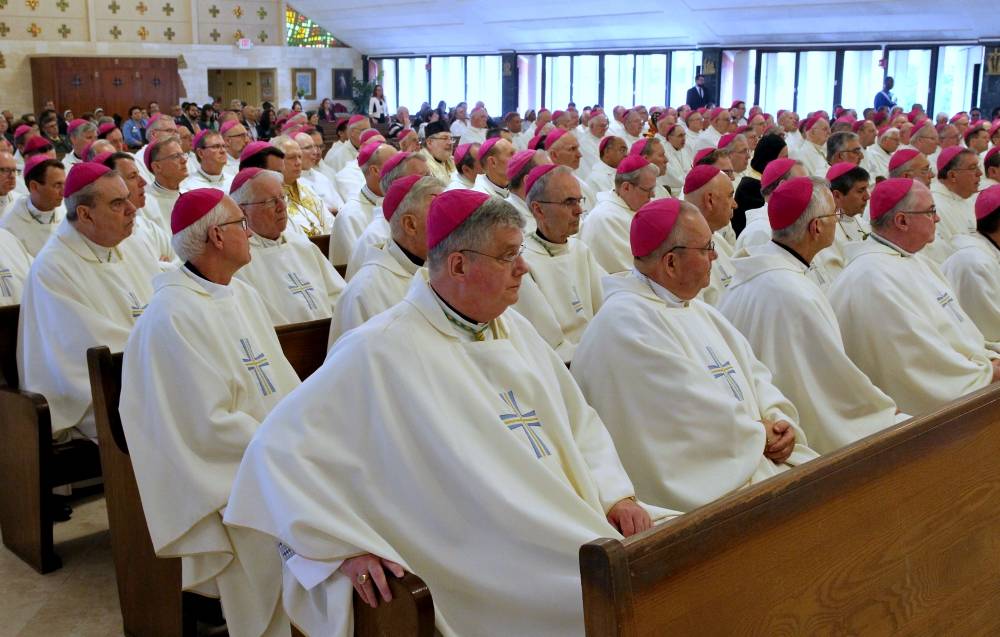BAPTISM
IN THE CATHOLIC CHURCH: TYPES AND SIGNIFICANCE
Baptism is one of the seven sacraments of the Catholic
Church, and it is considered a fundamental rite of initiation into the Church.
Through baptism, a person is cleansed of original sin and becomes a member of
the Catholic community.
There are three types of baptism recognized by the Catholic Church: baptism by water, baptism by blood, and baptism by desire.
Baptism by Water:
Baptism by water is the most common form of baptism, and it involves the use of water to symbolize the washing away of sin and the initiation into the Christian community. This is typically administered by pouring water over the person's head or immersing them completely in water. The baptismal formula used in the Catholic Church is "I baptize you in the name of the Father, and of the Son, and of the Holy Spirit."
Baptism by Blood:
Baptism by blood refers to the situation where a person is martyred for their faith before being baptized. In such cases, the Church recognizes that the person has made a profession of faith through their sacrifice and considers them baptized by their blood.
Baptism by Desire:
Baptism by desire is a form of baptism that occurs when a person desires to receive the sacrament of baptism but is unable to do so due to circumstances beyond their control. This may occur when a person is on their deathbed or is in a situation where baptism is not possible. In such cases, the Church recognizes the person's desire for baptism and considers them baptized by their desire.
Regardless of the form of baptism, the Catholic Church
considers baptism to be a permanent sacrament that cannot be repeated. Once a
person has been baptized, they are considered a member of the Christian
community and are encouraged to continue to grow in their faith through the
other sacraments and through living a life in accordance with the teachings of
Jesus Christ.


